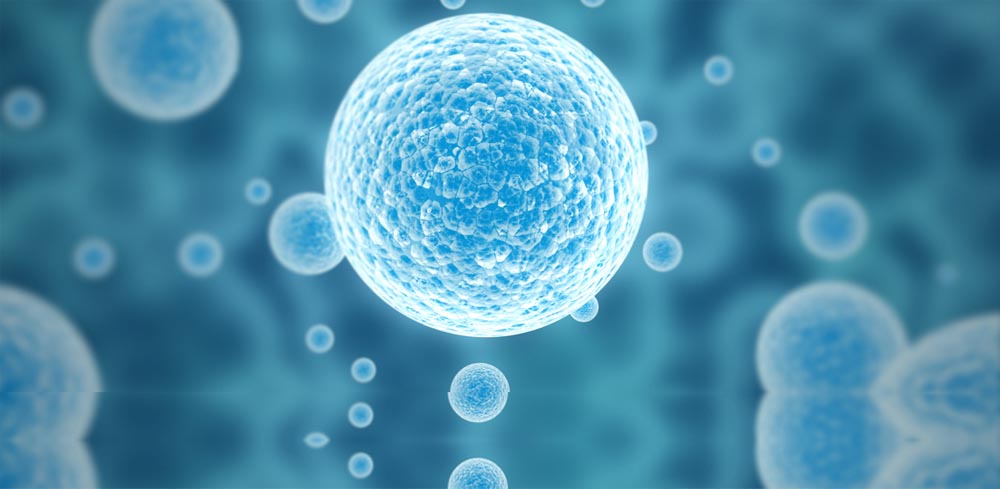What is Cell Therapy?
Cell therapy, also known as cellular therapy, is an innovative type of treatment that involves transplanting healthy cells into a patient’s body to treat a disease. The goal of cell therapy is to restore or establish normal function in injured or dysfunctional tissues or organs. It works by allowing damaged areas of the body to be repaired or supported with newly introduced healthy cells.
In cell therapy, doctors harvest cells from a patient or a donor and multiply them in a laboratory under aseptic conditions. The cultured cells are then injected or grafted into the patient’s body where they can integrate and function similar to the native cells. The transplanted cells may also release proteins that support repair of injured tissues. This helps stimulate the body’s natural healing processes.
Types of Cell Therapies
There are various types of cell therapies being explored by researchers depending on the cells used:
– Stem cell therapy : This involves transplanting stem cells which have the potential to develop into many different cell types in the body. Stem cells used include embryonic stem cells, adult stem cells, and induced pluripotent stem cells. They are being studied for treating conditions like heart disease, diabetes, Parkinson’s, and more.
– Bone marrow transplantation: This technique uses hematopoietic stem cells obtained from bone marrow to restore blood and immune system. It is commonly used to treat blood cancers like leukemia.
– Skin grafts: Skin grafts obtained from the patient or donor skin are used to replace damaged or lost skin due to burns, injuries, or skin conditions.
– Islet cell transplantation: The islet cells which produce insulin are isolated from donor pancreas and transplanted to treat type 1 diabetes.
– Cord blood transplantation: The blood from umbilical cord which is rich in stem cells is collected after birth and frozen for future therapeutic use to treat over 80 diseases.
Conditions Being Treated with Cell Therapies
Cell therapies hold promise for treating various debilitating diseases. Some of the major conditions under research are:
Neurodegenerative Disorders
Research is ongoing on using stem cell therapies for conditions like Parkinson’s disease, Alzheimer’s disease, spinal cord injury. The goal is to replace damaged or dead cells in the brain or spinal cord with new functional cells. Some early clinical trials have shown symptoms improvements.
Cardiovascular Diseases
Heart disease remains a leading cause of death worldwide. Cell therapies are being investigated to help regenerate damaged heart muscles post-heart attack. Mesenchymal stem cells and cardiosphere-derived cells show promise to restore heart function.
Diabetes
Islet cell transplantation has become an established treatment for type 1 diabetes where insulin-producing cells are transplanted. Researchers are also testing using stem cells to generate insulin-producing beta cells as an alternative treatment.
Cancer
While cell therapies won’t treat existing tumors directly, they are being studied in cancer immunotherapy. Specialized T-cells called CAR-T cells are being engineered to seek and destroy cancer cells. Early results in blood cancers have been very encouraging.
Musculoskeletal Disorders
Conditions affecting bones, cartilage and joints are targets. Mesenchymal stem cells isolated from bone marrow or adipose tissue show ability to develop into bones, cartilage or other connective tissues making them ideal candidates for regenerating damaged musculoskeletal tissues.
Liver Diseases
Liver transplantation remains the only cure for end-stage liver diseases but demand far exceeds donor livers available. Hepatocyte transplantation utilizing stem cell-derived liver cells or whole organ engineering using decellularized liver scaffolds seeded with hepatocytes are novel avenues being explored.
Eye Diseases
Retinal degenerative diseases are a leading cause of vision loss. Promising results have emerged from early trials transplanting retinal pigment epithelial cells derived from stem cells into eyes with age-related macular degeneration and Stargardt’s disease.
Challenges and Future Outlook
While cell therapy is an exciting new field with vast potential, many challenges remain before it can be used routinely in clinics. Large clinical trials are still needed to establish safety and efficacy. Other hurdles include developing standardized protocols for cell processing, delivery and monitoring outcomes. Ensuring transplant rejection does not occur also needs addressing.
With continuous advances in stem cell biology and tissue engineering, more cell types and sophisticated three-dimensional tissue and organ structures can be generated. Combining cell therapies with other approaches like gene therapy holds promise for synergistic benefits. As we gain deeper understanding of the molecular and genetic underpinnings of diseases, cell therapies may progress from symptomatic treatments to truly disease-modifying interventions. With further research and development efforts, cell therapy could revolutionize medicine and improve quality of life for millions worldwide suffering from currently incurable conditions.



